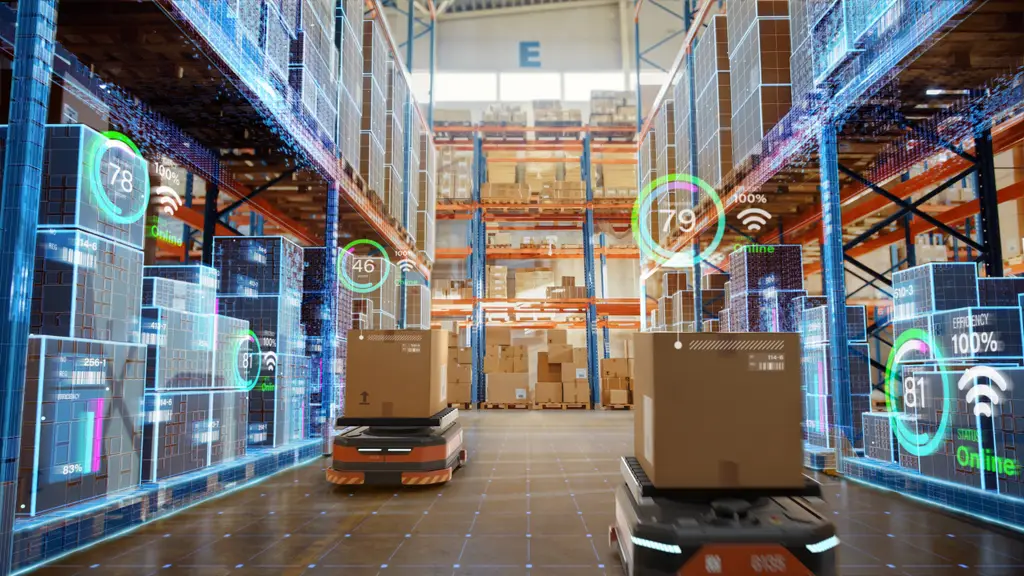The benefits of automation for logistics companies is a major issue and challenge for companies in the sector.
Keeping employees, customers, and infrastructure safe is one of the most important aspects of a safety manager, safety officer, or EHS manager’s job. This is even more so when it comes to transportation and storage. One way to achieve this is by automating internal processes.
This article discusses the benefits of automation for logistics companies. In particular, we will discuss how automation can improve safety, improve efficiency, and reduce costs.
We start with an overview of the current state of automation in the transportation industry. We then look at specific automation technologies and their potential benefits.
Finally, we’ll see how these technologies can help transportation companies.
The current state of automation in the transportation industry.
Transportation companies are constantly looking for ways to improve efficiency, reduce costs, and keep employees and customers safe. Advances in technology have enabled the development of new automated solutions to meet these needs.
However, it is important to note that process automation in the transportation industry can take many forms, from GPS tracking systems for trucks and trailers, to automated inventory management systems for warehouses, to route planning systems for delivery drivers. .
Additionally, it will be interesting to see how transportation companies use these technologies to improve their performance. Such as using GPS tracking systems to optimise route planning, or use robots and drones to automate warehouse management. Overall, process automation has become a key factor for shipping companies looking to improve performance, reduce costs, and ensure employee safety.
It is becoming increasingly important for businesses to stay up to date with the latest trends and automation technologies. The examples of leading companies cited show that they are seizing the opportunities created by transportation automation as pioneers in implementing and using them to improve operational performance.
Automation technology and its potential benefits
For example, automated handling robots can increase the frequency and speed of goods movement while reducing the risk of worker injury and increasing productivity. A real-time order tracking system gives you a better view of your inventory and product flow, allowing for more efficient planning and cost savings. Not to be forgotten is the role of automated route planning systems used to optimise delivery routes and reduce energy (fuel) costs.
As a result, many companies have already realised the benefits they would gain from implementing such technology.
DHL Supply Chain does this with automated handling robots, increasing productivity and significantly reducing distribution center costs.
On the XPO Logistics side, automation appears in automated planning systems to optimise delivery routes.
For GEODIS, DB Schenker and Kühne+Nagel, this is done through real-time order tracking, giving you greater visibility into your inventory and product flow.
Conclusion
Since the 2000s, the field has truly revolutionised with the emergence of new technologies such as robotics, AI and drones.
For shipping companies looking to implement automation technology, it’s important to remember that these changes won’t happen overnight. It is important to properly assess your business needs and plan your investments accordingly. Employee training on new technologies is also important for a smooth transition.
Many solutions on the market provide data before and after goods arrive at the loading dock. What about the processes that take place between these two periods? Check out the Salvo InSite solution. Detailed information about these critical operations that take place during loading and unloading may be obtained.
Companies that successfully integrate automation into their logistics processes stand out from their competitors. This creates a competitive advantage that is difficult to compensate for when the adoption of best practices is delayed.
